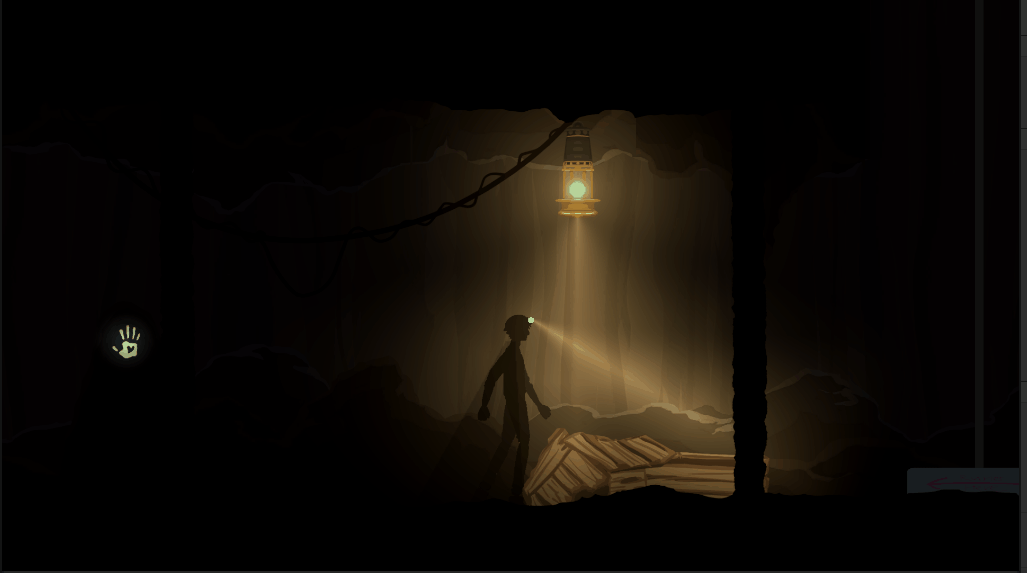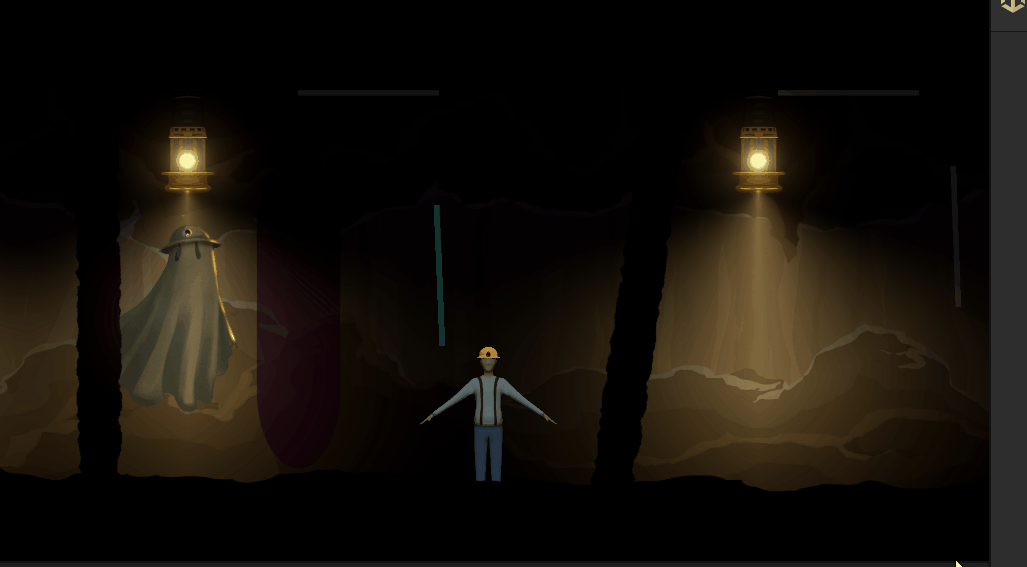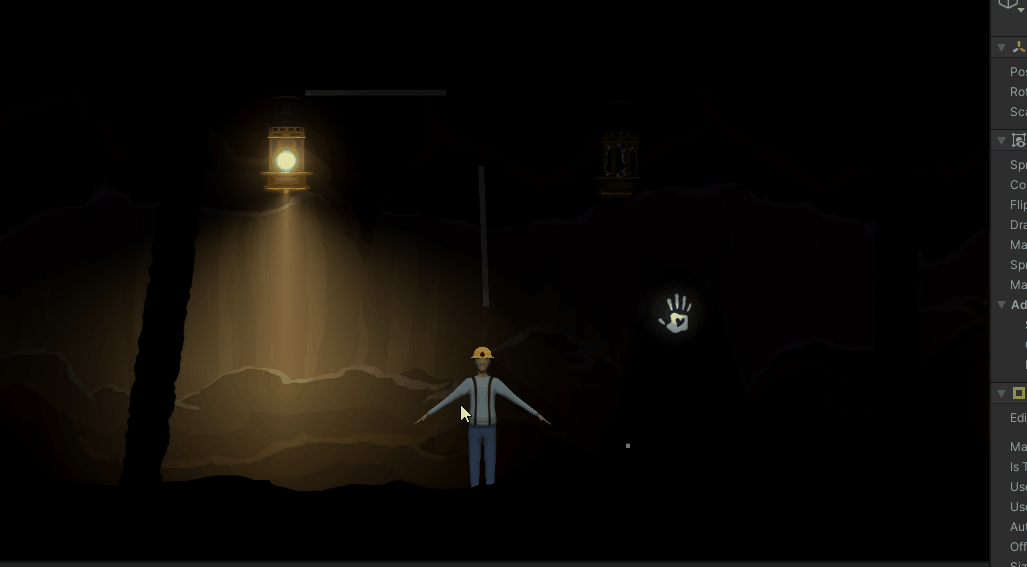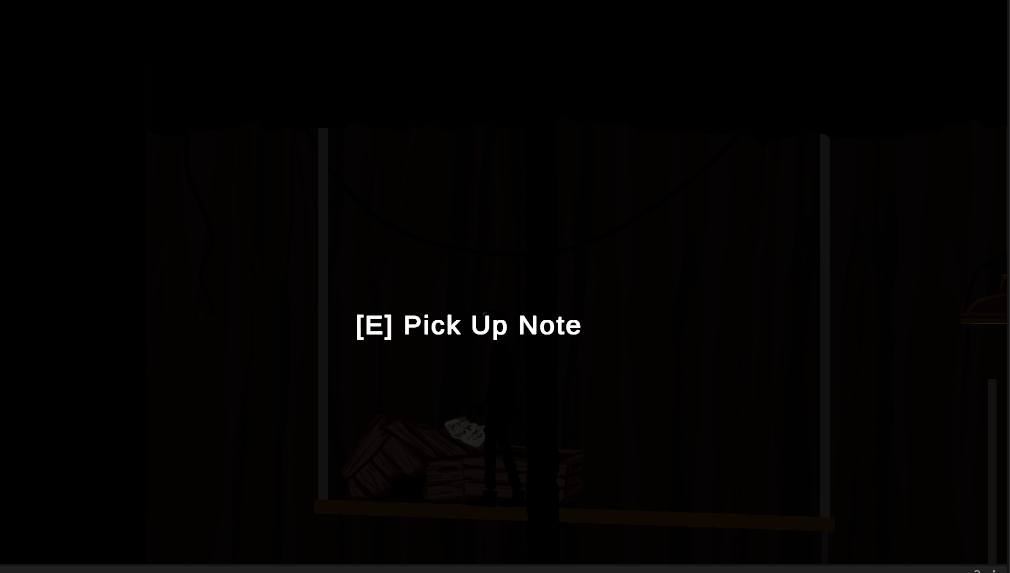Amsvartne
Story rich atmospheric puzzle-platformer set in a mystical dieselpunk world

Amsvartne is a 2D puzzle platformer I made as part of the start up group Corvian Games (now Tiny Creature Games). It focuses on narrative exploration and puzzle solving using light to navigate levels and solve puzzles. It's set in a mystical mine in a fantasy dieselpunk setting. I worked on the game and level design, as well as programming multiple game systems.
Group Project, Made in Unity
Things I've Worked on:
- Programmed and designed the light mechanic and its interactions with objects like mirrors, crystals and light sensors
- Designed the first level and worked iteratively on many puzzles for it as we figured out how we wanted the game.
- Programmed the respawn and lamp recharge system
- Programming many level design and testing tools to speed up the development process
- Programmed many different puzzle elements like moving platforms, rune puzzles and levers
- Helped with narrative, worldbuilding and the ludo-narrative connection with the puzzles
The very first screenshot I took of the game
During the fall of 2024 we were doing some game jam style quick prototypes to get used to working together and find a cool game concept. Amsvartne, which begun as Escape The Mine, was one of those concepts and was pitched as a narrative focused platformer with a few puzzles, inspired by games like Limbo and Oknytt
My first job as game designer was to work on exactly what those puzzles would be and setting up the main mechanics. As it's far easier to say "and we'll add some puzzles here" than it is to actually do that

After some early testing one of the key elements of the game we identified was light, both as a concept and main mechanic. The player, called Kol, finds a helmet with a light source and can use it to solve puzzles. The light mechanic also gave me as the designer a lot of ideas and concepts to make puzzles with. I designed puzzle elements like mirrors, lenses, crystals, light sensors and magical dark areas which I think could make for very cool puzzles.



I also wrote most the code for our note system when we switched from using fungus.
The system stores notes (and dialogue while we had it) using scriptable objects.
It has a scriptwriter effect that causes letters to appear letter by letter, and a button to skip to the end of the note.
I also used textMeshPro style sheets to have icons display in the the texts.
To help test the game and new features we were developing I also made a testing toolkit script for the player. It features the variables seen to the side as well as keys for teleporting between checkpoints and summoning the camera to the player. Having a toolkit like this helped speed level design and testing a lot, and I will prioritize making one for future projects. From speaking with Ellis who worked on sound design for the game, he also seemed to have really appreciated the feature.